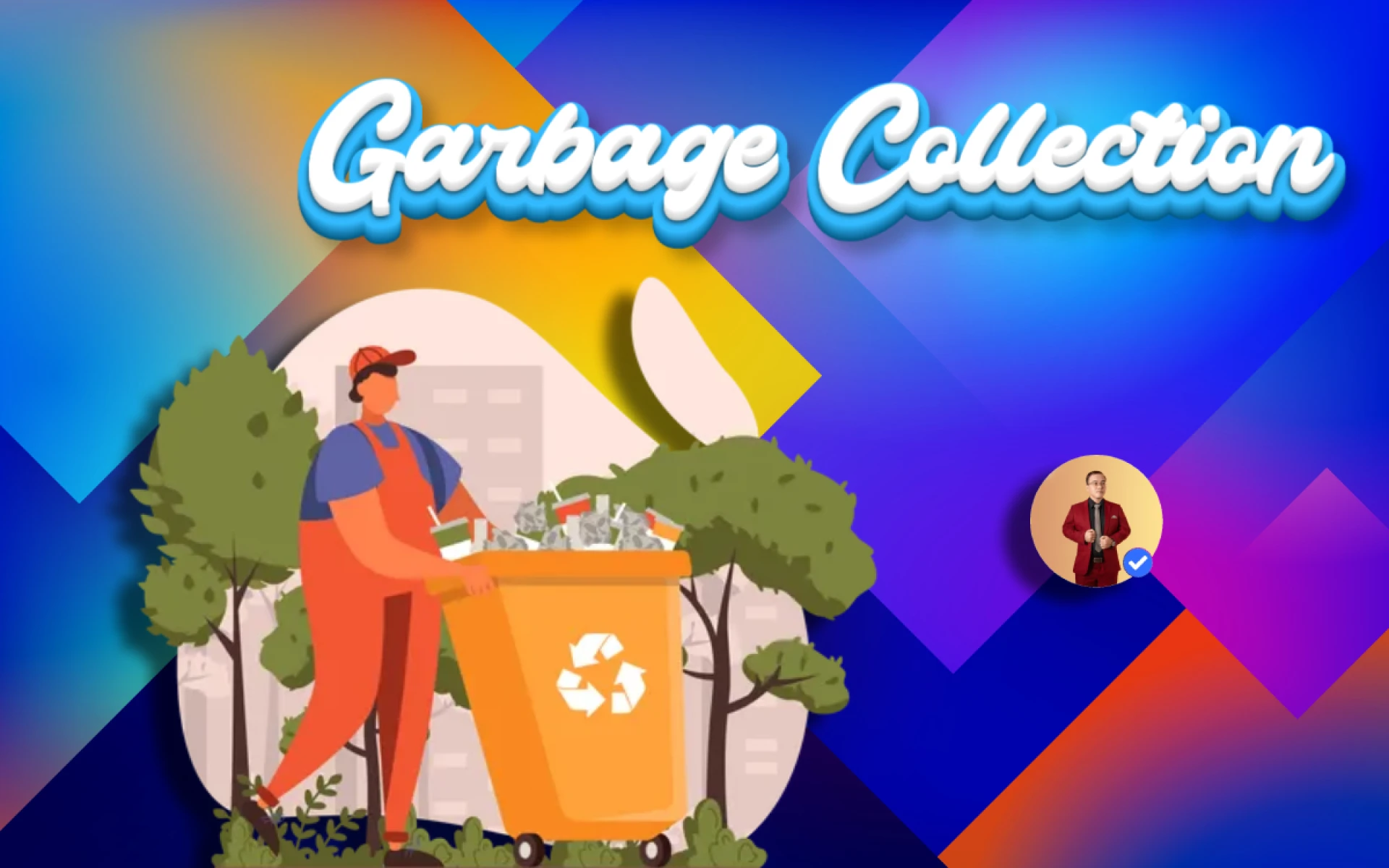Understanding Garbage Collection in Programming
Garbage Collection automates memory management in programming languages, freeing you to focus on building amazing applications.

Last updated 19:51 17/07/2024 GMT+7
This blog post explains Garbage Collection (GC), a feature in programming languages that automatically manages memory. How GC works, its advantages and disadvantages, and common languages that use it.
What is Garbage Collection?
Garbage collection is an automatic memory management system in programming languages. It frees up memory that's no longer being used by the program.
How It Works
- Allocation: Program creates objects in memory
- Marking: Identifies which objects are still in use
- Sweeping: Removes unused objects
- Compaction: Reorganizes remaining objects to save space
Key Points
- Automates memory management
- Useful for large, complex programs
- Trade-off between convenience and performance
- Not always suitable for real-time systems
Advantages
- Prevents memory leaks
- Reduces coding errors
- Saves developer time
- Improves program stability
Disadvantages
- Can slow down program execution
- Unpredictable pauses in program
- Uses extra CPU and memory
Languages with Garbage Collection
- Java
- Python
- C#
- JavaScript
- Ruby
- Golang
- NodeJS
Languages without Garbage Collection
Languages without garbage collection rely on manual memory management.
- C manual deallocation with free() https://learn.microsoft.com/en-us/cpp/c-runtime-library/reference/free
- C++ manual deallocation with delete https://learn.microsoft.com/vi-vn/cpp/cpp/delete-operator-cpp
- Rust uses a unique approach called "ownership" to manage memory https://doc.rust-lang.org/book/ch04-00-understanding-ownership.html
- Assembly provides direct control over memory